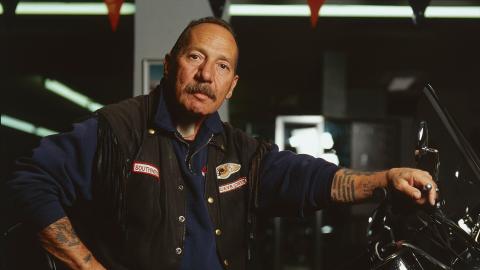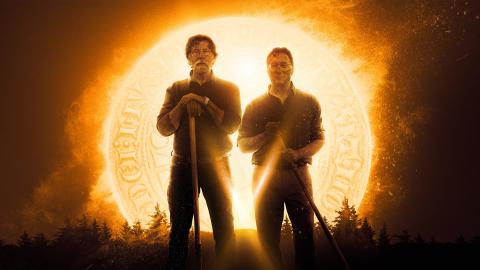African Americans and Women
I don't care what color you are as long as you go up there and kill those Kraut sons-of-b*****s.
General George Patton addressing the first Black Tank Battalion in Normandy in 1944
The colour blind attitude of Patton is noteworthy because it is uncommon. America is a modern, mass producing, war machine the likes of which the world has never seen. But its social approach towards its black citizens is only slightly more evolved than slavery.
Back in the American Civil War, ex slaves were put in charge of guarding captured white Confederates. Now, black US soldiers aren't allowed into the dining cars where captured white Nazis sit and eat.
A sixth of the American army that fought for Independence was black. Now, in the South, their descendents can't even sit next to their white countrymen. From their quarters in training, to their units in the field, segregation is everywhere. A black physician, Charles Drew pioneers the use of blood banks for wounded soldiers. Even these are divided, white from black. Drew protests, and is fired.
But the war slowly kills segregation. In the carnage of war, Americans can only afford to have one enemy. On D-Day, there are more than 2,000 casualties on Omaha Beach alone as 126,000 Americans are killed, wounded or go missing in the Battle for Normandy.
There wasn't any segregation there. Decorated African American soldier, William Dabney, survivor of D-Day
In January 1945, the first integrated unit is created.
WAR MACHINE
Before the war, there were 3million unemployed. In four years, twelve million sign up, twenty million Americans move to wherever the war economy needs them and twenty five million pay cheques buy war bonds. Steel production increases by 20%, workers' wages by 40%, as union membership rises from 9 to 15 million. There are innovations such as the 'Jeep' or 'GP' (general purpose) vehicle. It's light enough to be carried by gliders but tough enough with four wheel technology to take on any terrain. They roll off production lines at the rate of three every four minutes. From none to 600,000 deployed before war's end. But such huge mass-production needs more manpower.
WOMEN
It was actually the women back in this nation that were the ones working in the factories that were putting the tanks together, building the ships, building the aeroplanes, so they are actually the ones that, logistically, won the war for us. 1st Sgt. William Bodette, US Marine Corps
Two million women work in munitions factories making everything from Jeeps to tracer shells. Tracer shells burn brightly so a soldier can see where he's shooting. Their production requires magnesium and gunpowder. Any static electricity could cause an explosion. So, just combing your hair could be fatal. Around explosives, accidents can be fatal. In the first 16 months of the war, 12,000 men are killed in the war. In the same period, 64,000 workers die in accidents. Another six million are injured.
Millions of women are now paying taxes from their new wages. Tax returns jump from less than $4m in 1939 to over 43m in 1945. 11,000 supermarkets are built and spending goes up 12%. But the fundamental change is not economic, but social. Women are no longer just mothers of wives. They are workers. Though women still aren't considered capable of leading. The War Manpower Commission keeps women from policy making. In some places, only 5% of mothers have nursery care provided. Feminism is formed (and fascism beaten) in the American factories of WWII.
Did you know?
In 2000, President Clinton pardoned a black sailor who was court-martialled for mutiny during WW2. He and others refused to load live ammunition after a previous explosion killed 320 at a naval facility. Two thirds of those killed were black. After the 1944 explosion, white officers were given 30 days leave after the blast. Black sailors were ordered back to work, and in refusing, mutinied. , In preparation for D-Day, Americans donated a pint of blood every two seconds. Reserve supplies for the day included eyeballs in five sizes and four different colours. By 1944, an American combatant could draw on 3 and a half tonnes of supplies versus a Japanese combatant, who could draw on just a kilo., The 1963 'March on Washington' where Martin Luther King gave his 'I have a dream' speech wasn't the first time civil rights thought of the tactic. In 1941 black civil rights leaders proposed a mass march on Washington to end the colour bar that was stopping blacks working in the war factories. Roosevelt, fearful the Nazis could show they weren't the only racist nation, issued Executive Order 8802 which stopped discrimination in all defence contracts, and the march was called off.
















